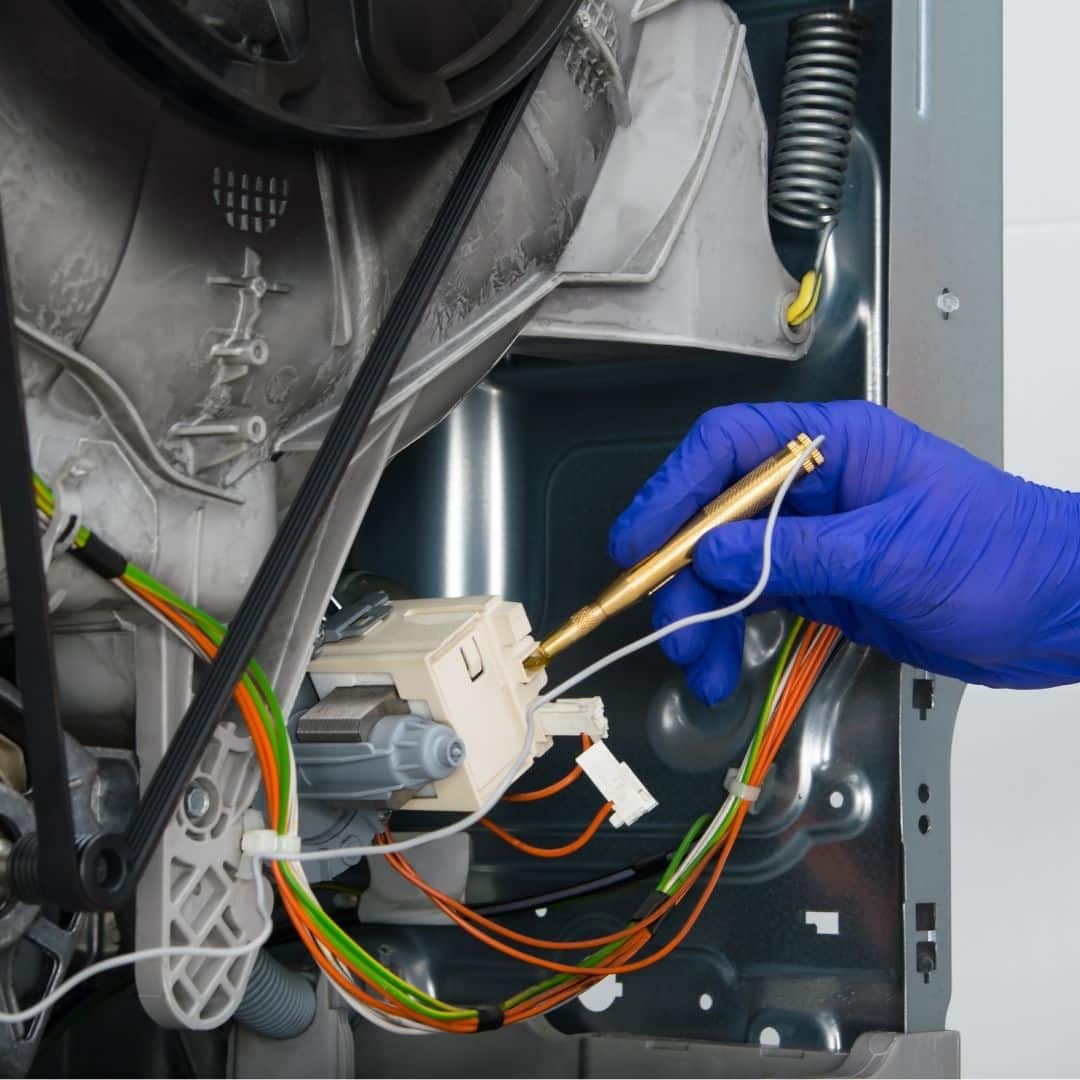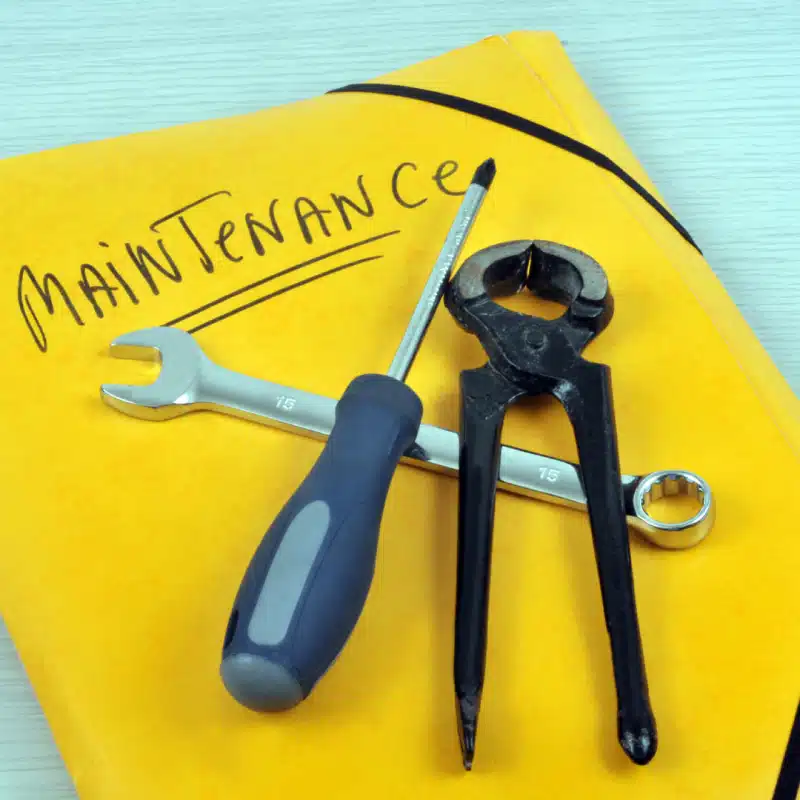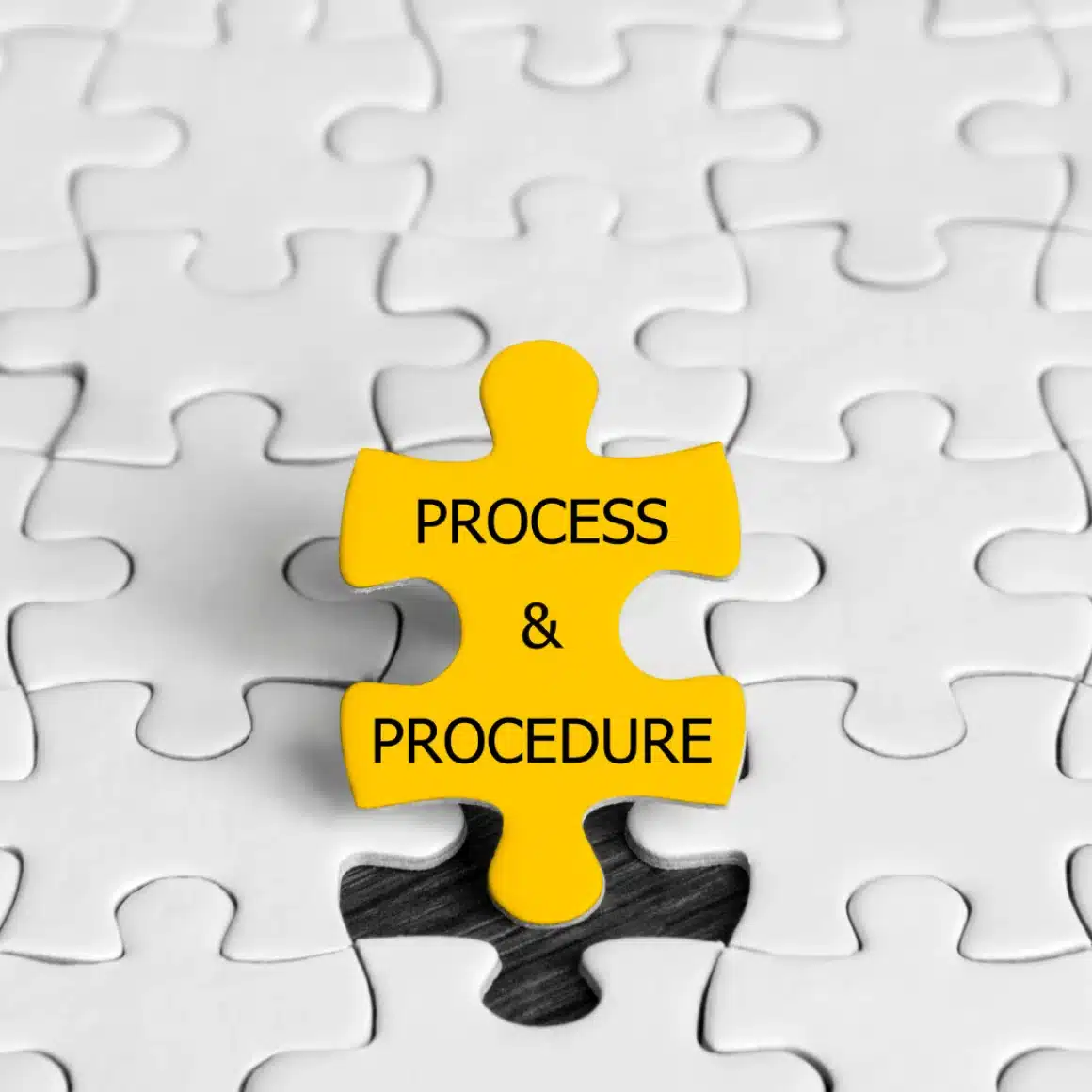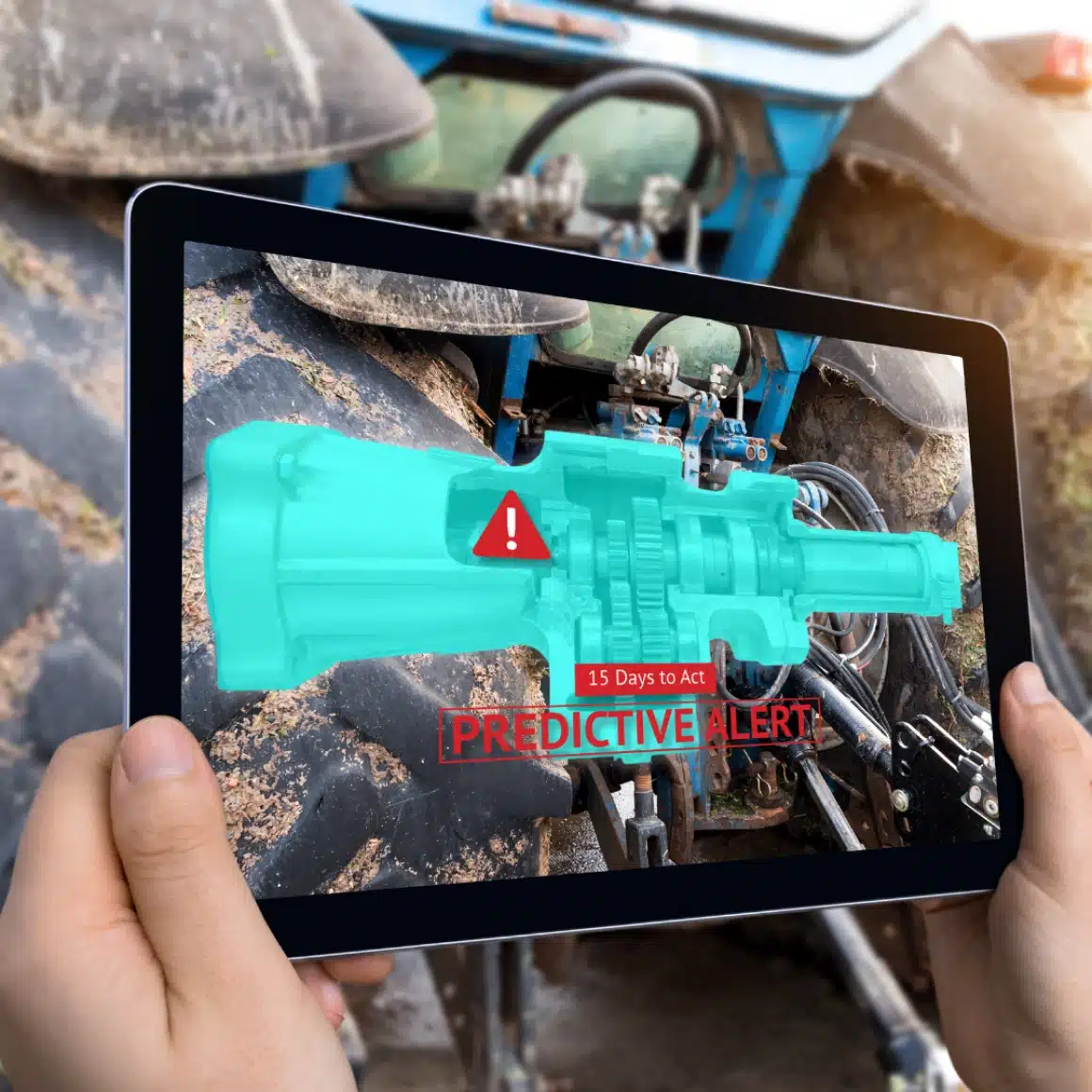The Role and Importance of Maintenance and Repair Form Data
In today’s business world, companies frequently encounter the need for maintenance and repair in their production lines, facilities, or daily operations. Managing these situations meticulously is essential to maintain operational efficiency and minimize costs. This is where “Maintenance and Repair Form Data” becomes crucial. What is the purpose of this data, and why is it so important? Let’s explore these questions.
1. Situation Analysis and Fault Records
Maintenance and repair form data primarily documents the details of a malfunction. This data includes information on which equipment failed, when, how, and why. This documentation helps with:
- Recurring Issues: Identifying recurring problems with specific equipment allows for the focus on finding permanent solutions. For instance, if a particular part of a machine frequently fails, replacing it with a more durable version might be considered. Additionally, understanding recurring issues helps identify broader systemic problems, leading to overall process improvements.
- Root Cause Analysis: By focusing on the underlying causes rather than just the superficial symptoms of faults, more permanent solutions can be developed. Root cause analysis involves a thorough examination of each fault record. For example, if a fault is caused by maintenance neglect or misuse, these insights can be used to improve training and maintenance procedures.

2. Maintenance and Repair Planning
Form data aids in the effective planning of maintenance and repair processes. With this data:
- Preventive Maintenance: By examining past fault and maintenance records, it is possible to predict when equipment will need maintenance. These predictions are crucial for extending the equipment’s lifespan and reducing the risk of breakdowns. Preventive maintenance plans include scheduled checks and necessary maintenance at specified intervals. For instance, if a part needs to be replaced every six months, this can be planned in advance to prevent unexpected failures.
- Resource Management: Properly planning for the materials, equipment, and labor required for maintenance and repair ensures efficient use of resources and prevents unexpected costs. For example, having the necessary spare parts on hand allows for quick response to breakdowns, preventing operational downtime.
3. Operational Efficiency and Cost Control
Maintenance and repair form data enhances operational efficiency and helps keep costs under control. This data:
- Minimizing Downtime: Ensures that faults are quickly and effectively addressed, thereby minimizing operational downtime. Reduced downtime means more production time, increasing the overall efficiency of the production line and ensuring timely fulfillment of customer demands.
- Cost Analysis: By analyzing maintenance and repair costs, the most costly issues can be identified, and improvements can be made in these areas. Cost analysis helps businesses use their budgets more efficiently. For instance, if a machine frequently breaks down, replacing it or upgrading to a more robust model can save money in the long run.
4. Performance and Safety Improvements
This data plays a significant role in improving equipment performance and process safety:
- Performance Monitoring: Allows for regular monitoring of equipment performance, ensuring optimal performance levels. Performance monitoring helps identify points where equipment efficiency begins to decline. This enables necessary maintenance and repairs before performance drops significantly. For example, maintenance can be scheduled when a production machine’s efficiency falls below a certain level, preventing production loss.
- Safety Measures: Maintenance and repair records help identify and mitigate safety risks. Workplace safety is crucial for protecting employee health and fulfilling legal obligations. For instance, if certain equipment frequently causes dangerous faults, additional safety measures can be implemented, and employees can receive extra training on this equipment.

5. Legal Compliance and Documentation
Many industries must adhere to specific standards and regulations. Maintenance and repair form data:
- Legal Requirements: Ensures that all maintenance and repair activities are documented, helping meet legal requirements. Many industries must follow specific standards and regulations that often require keeping maintenance and repair records. For example, medical devices must be regularly maintained and calibrated, and these processes must be documented.
- Certification: In some industries, regular maintenance and repair activities are part of certification processes. This data is used to create the necessary documentation for certification. For example, a company seeking ISO 9001 quality management certification must keep detailed maintenance and repair records and share them with auditors to demonstrate a quality management system and continuous process improvement.
Maintenance and repair form data is critical for enhancing operational efficiency, controlling costs, ensuring safety, and complying with legal requirements. Effective use of this data offers significant advantages in quickly and effectively addressing faults, creating preventive maintenance plans, and ensuring smooth operations. Therefore, every business should regularly collect, analyze, and utilize this data for sustainable success.
Have you received sufficient information about “Breakdown Maintenance and Repair Data“?
repairist is here to help you. We answer your questions about the Maintenance Management System and provide information about the main features and benefits of the software. We help you accessthe repairist demo and even get a free trial.
Aybit Technology Inc.
Frequently Asked Questions
This data is critical for monitoring the performance of equipment, creating maintenance plans, keeping costs under control and ensuring occupational safety. It also constitutes the necessary documentation for compliance with legal regulations and certification processes.
Data is collected by filling out forms in case of failure. These forms can be digital or hard copy. In the form, information such as the details of the malfunction, the interventions made and the results are recorded.
Digital form systems, maintenance management software and analysis tools can be used in the data management process. These tools ensure that data is regularly collected, stored and analysed.















